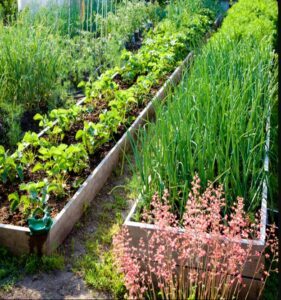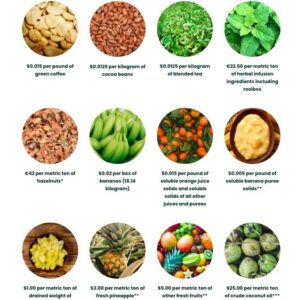Planning Before Planting Vegetable Gardens

Planning Before Planting Vegetable Gardens
Planning Before Planting Vegetable Gardens – In periods of financial difficulty, planting vegetable gardens becomes a viable option that achieves two things: it helps the family reduce expenses related to buying food, and it offers the opportunity to sell excess yield to friends and neighbors.
Starting a vegetable garden is not particularly difficult, for so long as you put in enough thought, time, and effort.
The first decision you have to make is the location of the vegetable garden. You must place this vegetable garden in an area where it is exposed to at least 6 hours of sunlight.
The location must also be near where you will source the water you will use to water the plants. It must be near enough for you to make a short trip if you are carrying a pail of water, or it must be near enough to be easily accessible to the hose you will connect to a faucet inside your home.
Also, check if the area has soil conducive for growing plants. It must have good drainage, and must be free of silt, stones, and other hard objects. Lastly, the location of your vegetable garden must be somewhere accessible, so that you can frequently check for pests and weeds when you walk by.
Included in your plans should be the sort of plants that you intend to plant, and how many of them you intend to grow. This will help determine the size of the plot you will need.
Afterwards, make a list of all the plants you want to grow in your garden. This decision cannot be completely random, especially because the yield of the garden will be what you will consume as a family.
Make sure to plant vegetables that your family would love to eat, or vegetables that you often use for cooking. This way, you are assured of a direct benefit from growing your own vegetable garden.
Make a plan for the arrangement of the vegetable plants in the garden as well. The first consideration is the frequency of yield. Perennial plants, or those who yield vegetables constantly throughout the year must be placed at the back of the garden, where it will be undisturbed by whatever gardening activities you may have in the rest of the garden.
Put the crops that produce early yield together. These crops include radishes, spinach, carrots, beets, and the like. Make some space for replanting successively. Once these crops have seen their yield, you can plant in their place crops that produce yield later in the season.
The last consideration for arrangement is the reality that there are plants that cannot grow beside other plants. For instance, there are those plants that enhance the growth of another when planted together; there are those that inhibit the other.
It is important to take into consideration which crops inhibit the growth of the other. For instance, potatoes are capable of inhibiting the growth of both squash and tomato plants.
Broccoli also inhibits tomato growth. Beans, on the other hand, inhibit the growth of onions. Carrots also inhibit the growth of dill plants.
This does not stop you from planting all these plants in the garden. This only acts as a reminder of which plants you should separate from the other when planting vegetable gardens.


Order Now ‘Planning Before Planting Vegetable Gardens” ONLY $3.95

Regards, Coyalita
Copyright © 2023 Sunrise-Sunset-Nature-Gardens.com. All Rights Reserved
Privacy Policy – Earning Disclaimer – Terms of Use – Contact Us





